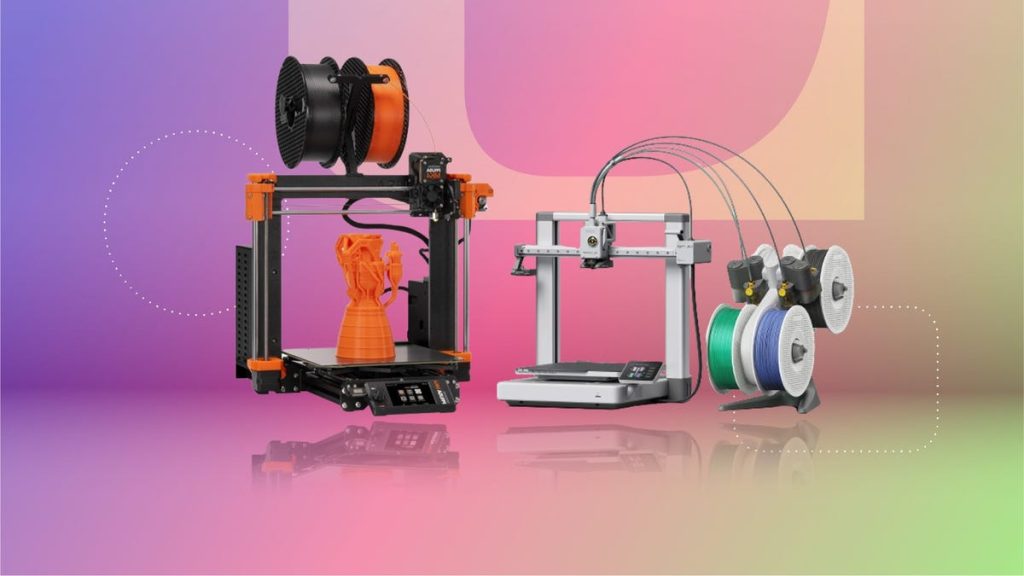The evaluation of 3D printers involves a comprehensive and multifaceted process, acknowledging the diverse materials and technologies employed by different models. Two primary categories of 3D printers are scrutinized: SLA (Stereolithography) printers, which utilize resin and light to construct objects, and FDM (Fused Deposition Modeling) printers, which melt plastic filament onto a build platform. Each type necessitates a unique testing methodology. The core assessment criteria encompass several key aspects: the overall quality of the hardware, the ease of initial setup and configuration, the functionality and usability of the bundled software, the visual appearance and dimensional accuracy of the printed outputs, the ease of repairing and maintaining the printer, and the level of support provided by the company and its user community.
A standardized test print, based on the legacy CNET logo, serves as a benchmark to evaluate critical performance characteristics. This test model is designed to assess the printer’s ability to bridge gaps, reproduce accurate shapes, and handle overhangs. Furthermore, the inclusion of small towers in the model allows for precise measurement of how effectively the printer manages temperature variations during the printing process. Evaluating print speed involves slicing the model using the printer’s default slicer software and settings. The actual print duration is then compared against the estimated completion time provided by the slicer. Recognizing that different slicers can exhibit significant variations in their time estimations, PrusaSlicer is employed as a standardized tool to calculate the expected material usage. This value is then divided by the actual print time to derive a more precise measure of print speed, expressed in millimeters per second (mm/s).
Thermal performance is another critical factor in 3D printer evaluation. Every build plate is designed to reach a specific operating temperature. An InfiRay thermal imaging camera is used to verify the accuracy and consistency of the build plate’s temperature regulation. The build plate is set to 60 degrees Celsius, a commonly used temperature, and allowed to stabilize for five minutes. Temperature readings are then taken at six different locations on the build plate, and the average is calculated to determine how closely the actual temperature matches the target temperature.
Resin-based 3D printers require a different set of evaluation criteria. The Ameralabs standard test, which involves printing a miniature town model, is utilized for this purpose. This test helps assess the printer’s precision, its ability to render small details, and the effectiveness of UV light exposure at various points on the model. Beyond these standardized tests, a series of anecdotal test prints, using different 3D models, are conducted to evaluate the long-term performance of the printer and its ability to handle a variety of complex shapes and geometries.
The assessment encompasses not only the technical performance of the printer but also the user experience and support infrastructure. Thorough research is conducted into the company’s responsiveness to customer support inquiries and the accessibility of replacement parts. For 3D printer kits that require assembly, the evaluation process includes an assessment of the assembly process duration, the complexity of the instructions, and the overall ease of assembly. This comprehensive approach aims to provide a holistic view of the 3D printer’s capabilities, usability, and long-term value.
The evaluation methodology seeks to provide a well-rounded perspective on each 3D printer’s capabilities and limitations. By incorporating both standardized tests and practical, real-world printing scenarios, the evaluation aims to offer valuable insights into the performance, usability, and support infrastructure associated with each machine. The testing regimen for FDM printers encompasses assessments of hardware quality, ease of setup, bundled software effectiveness, print quality and accuracy, repairability, and the level of support provided by the manufacturer and user community. The CNET logo test print serves as a crucial benchmark for evaluating key performance aspects, including bridging, shape accuracy, and overhang handling. Precise speed measurements are obtained by comparing the actual print time against the estimated time provided by the slicer software, with PrusaSlicer used as a standardized tool for calculating material usage and deriving a precise mm/s speed.
Thermal stability is another critical aspect of FDM printer performance, and the InfiRay thermal imaging camera is employed to verify the accuracy and consistency of the build plate temperature. For resin-based SLA printers, the Ameralabs town model test provides insights into print precision, detail rendering, and UV exposure effectiveness. In addition to standardized tests, a range of anecdotal test prints are conducted to assess long-term performance and the printer’s ability to handle diverse shapes and geometries. The evaluation also extends to aspects beyond technical performance, encompassing the company’s customer support responsiveness and the availability of replacement parts. For kit-based printers, the ease and clarity of the assembly process are also scrutinized. This comprehensive approach aims to provide a holistic assessment of each 3D printer’s strengths and weaknesses, enabling informed decision-making for potential users.

